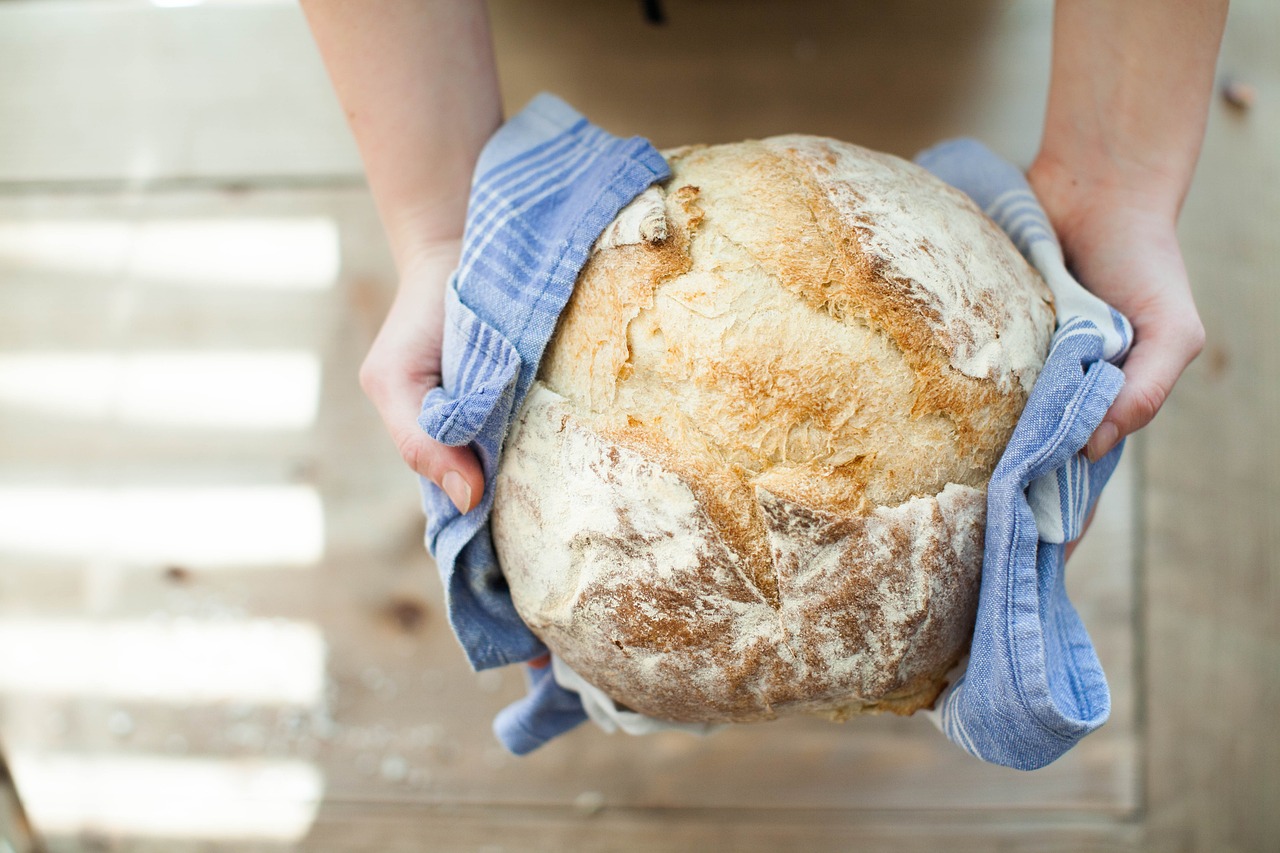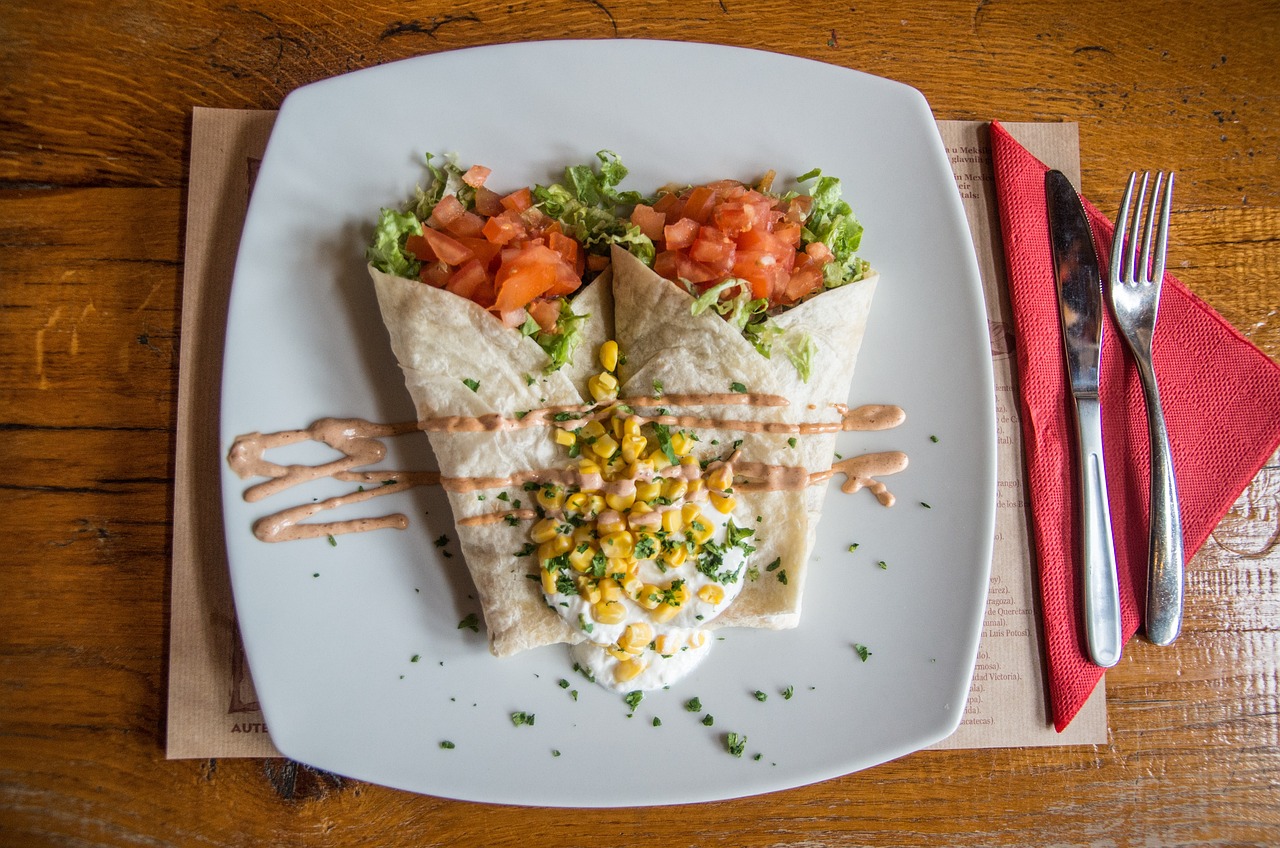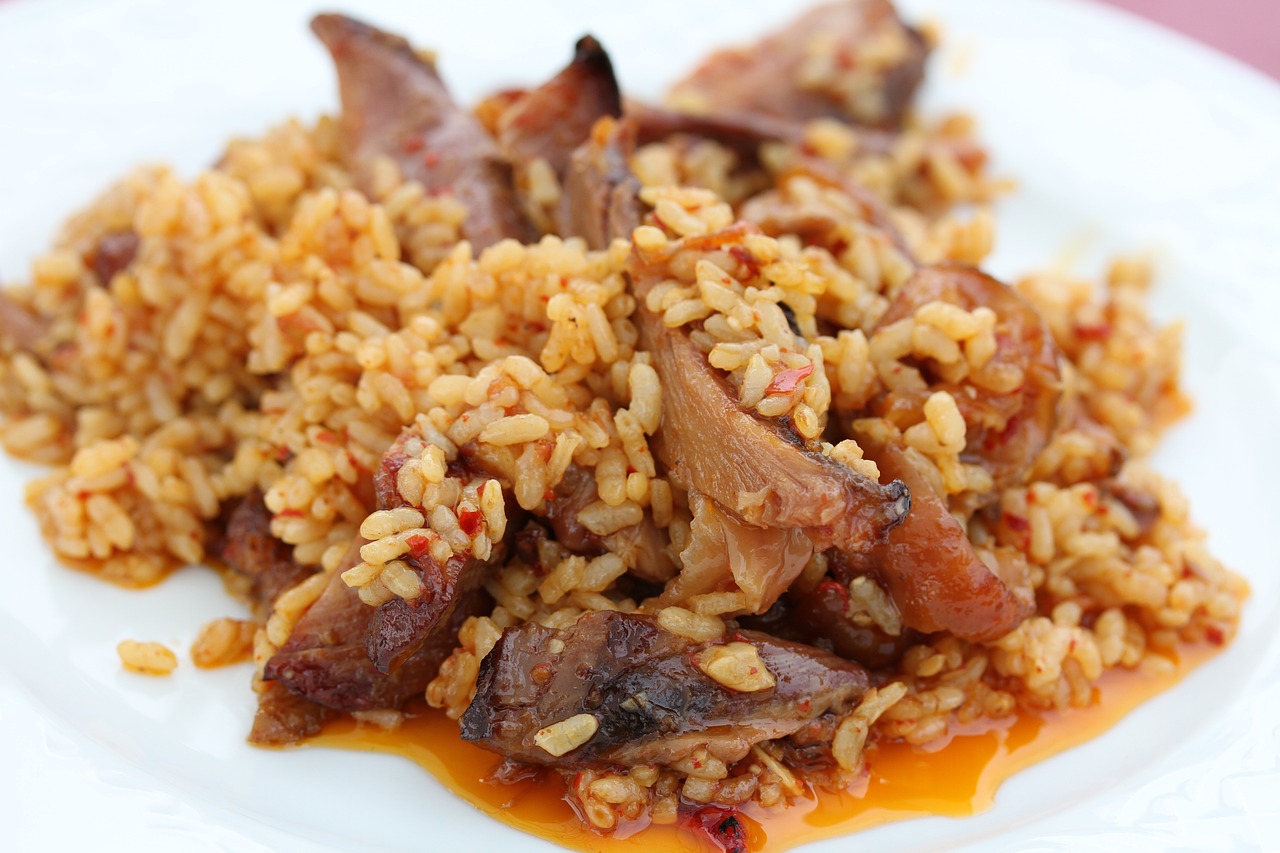Caracoles a la Andaluza: Spanish Andalusian Style Snails

When it comes to culinary delights, few dishes can match the unique and flavorful experience of Caracoles a la Andaluza. Originating from the vibrant Andalusian region of Spain, these Spanish Andalusian Style Snails are not just a dish but a cultural symbol deeply rooted in tradition and history.
Imagine a dish that embodies centuries of culinary expertise and reflects the rich tapestry of Andalusian heritage. Caracoles a la Andaluza is more than just snails cooked in a savory broth; it's a representation of the region's identity and a testament to the artistry of Spanish gastronomy.
As you delve into the world of Caracoles a la Andaluza, you'll uncover a story that dates back generations, where each ingredient and cooking technique has been carefully passed down through time, preserving the essence of Andalusian cuisine.
Picture yourself sitting in a quaint Spanish tavern, savoring each bite of these tender snails infused with garlic, parsley, and a hint of paprika. The explosion of flavors in your mouth tells a tale of tradition and innovation, a perfect harmony of the past and the present.
With each plate of Caracoles a la Andaluza, you not only taste the culinary prowess of Andalusia but also experience a journey through its diverse landscapes and vibrant culture. It's a dish that invites you to explore the depths of Spanish gastronomy and indulge in the richness of tradition.
History and Cultural Significance
Caracoles a la Andaluza holds a rich history deeply intertwined with the cultural fabric of the Andalusian region. Dating back centuries, this traditional Spanish dish has been a symbol of culinary heritage, passed down through generations. The significance of Caracoles a la Andaluza goes beyond its taste; it represents a connection to the land, the people, and the traditions that define Andalusia.
One of the key aspects of the cultural significance of Caracoles a la Andaluza is its role in communal gatherings and celebrations. In Andalusian culture, sharing a plate of snails is not just about the food itself but also about coming together with family and friends. It serves as a social glue, strengthening bonds and fostering a sense of togetherness.
Furthermore, the history of Caracoles a la Andaluza reflects the influences of various civilizations that have shaped the culinary landscape of Spain. From the Moorish rule to the Roman Empire, each cultural influence has left its mark on the flavors and preparation methods of this iconic dish. The blend of diverse culinary traditions has contributed to the unique taste profile that defines Caracoles a la Andaluza.
Moreover, the tradition of serving snails in Andalusia dates back to ancient times when they were considered a delicacy enjoyed by the elite. Over the years, this delicacy has transcended social boundaries and become a beloved dish enjoyed by people from all walks of life. The evolution of Caracoles a la Andaluza mirrors the evolution of Andalusian society, adapting to changing tastes while staying true to its cultural roots.
Ingredients and Preparation
When it comes to preparing the traditional Spanish dish of Caracoles a la Andaluza, the key lies in the selection of high-quality ingredients and the meticulous preparation process. Let's dive into the essential components that give this dish its unique and flavorful character:
- Snails: The star of the dish, snails are carefully selected for their freshness and quality. In Andalusian cuisine, snails are considered a delicacy and are a vital component of this recipe.
- Garlic: A staple in Spanish cooking, garlic is used generously to infuse the dish with its aromatic flavor. The pungent taste of garlic adds depth to the overall taste profile of Caracoles a la Andaluza.
- Parsley: Fresh parsley is finely chopped and added to the dish to provide a hint of freshness and a pop of color. It not only enhances the visual appeal but also contributes to the overall flavor balance.
- White Wine: White wine is used to deglaze the pan and create a flavorful broth that the snails simmer in. The acidity of the wine helps tenderize the snails and adds a subtle tang to the dish.
- Spices: A blend of traditional Spanish spices such as paprika, cumin, and bay leaves are added to the dish to create a rich and aromatic sauce that coats the snails. These spices add complexity and depth to the flavor profile.
Now, let's walk through the meticulous preparation process of Caracoles a la Andaluza. The snails are first cleaned thoroughly to remove any impurities, then cooked in a flavorful broth infused with garlic, parsley, and a medley of spices. The dish is simmered slowly to allow the flavors to meld together, creating a harmonious taste experience.
The final dish is served hot, with the tender snails bathed in a rich sauce that is bursting with flavor. Caracoles a la Andaluza is often enjoyed with a side of crusty bread to soak up the delicious sauce and a glass of Spanish wine to complement the meal. The combination of tender snails, aromatic spices, and savory broth makes this traditional Andalusian dish a true culinary delight.
Regional Variations
When it comes to Caracoles a la Andaluza, regional variations add a delightful twist to this traditional Spanish dish. Each region in Andalusia puts its own unique spin on the preparation and flavors, resulting in a diverse culinary landscape that showcases the creativity and diversity of Spanish cuisine.
In the coastal areas of Andalusia, such as Malaga and Cadiz, you may find Caracoles a la Andaluza prepared with a hint of fresh seafood, infusing the dish with a briny essence that complements the earthy flavors of the snails. The proximity to the sea influences the ingredients used, creating a fusion of land and sea that tantalizes the taste buds.
Traveling inland to regions like Seville and Cordoba, the emphasis shifts to the use of aromatic herbs and spices in the preparation of Caracoles a la Andaluza. The rich cultural history of these areas is reflected in the complex flavor profiles, with hints of cumin, paprika, and garlic adding depth and warmth to the dish.
Granada, known for its Moorish influence, offers a unique take on Caracoles a la Andaluza by incorporating dried fruits and nuts into the recipe. The sweet and nutty undertones provide a contrast to the savory elements, creating a harmonious blend of flavors that is both surprising and satisfying.
Heading to the mountainous regions of Andalusia, such as Almeria and Jaen, you may encounter a rustic version of Caracoles a la Andaluza where the snails are slow-cooked in a hearty tomato-based sauce. The simplicity of the ingredients allows the natural flavors to shine, showcasing the essence of traditional Spanish cooking.
Overall, the regional variations of Caracoles a la Andaluza offer a culinary journey through the diverse landscapes of Andalusia, each bite telling a story of history, culture, and innovation. Whether enjoyed by the coast or in the heart of the mountains, this iconic dish continues to captivate diners with its unexpected combinations and explosion of flavors.
Modern Interpretations and Popularity
Modern interpretations of Caracoles a la Andaluza have taken the traditional dish to new heights, blending innovation with the rich culinary heritage of Andalusia. Chefs and food enthusiasts alike have been experimenting with creative twists on the classic recipe, infusing it with contemporary flavors and presentation styles to appeal to a wider audience.
One popular modern interpretation involves incorporating exotic spices and herbs to enhance the taste profile of the dish, adding depth and complexity to the flavors of the tender snails. This fusion of traditional and modern elements creates a culinary experience that is both familiar and exciting, appealing to adventurous food connoisseurs.
Furthermore, the rise of social media and food blogging has contributed to the increasing popularity of Caracoles a la Andaluza beyond the borders of Spain. Stunning visual presentations of the dish, coupled with engaging storytelling about its cultural significance, have captured the interest of a global audience, sparking a newfound appreciation for this traditional delicacy.
To meet the growing demand for Caracoles a la Andaluza, restaurants and food establishments around the world have started to feature their own interpretations of the dish on their menus. This culinary globalization not only introduces more people to the unique flavors of Andalusian cuisine but also fosters cultural exchange and appreciation across different culinary traditions.
In addition to its popularity in fine dining establishments, Caracoles a la Andaluza has also found its way into food festivals and gastronomic events, where it is celebrated as a symbol of Spanish culinary heritage. The dish's ability to evoke a sense of tradition and nostalgia while remaining relevant in today's culinary landscape speaks to its enduring appeal and timeless charm.



 HazalVardal
HazalVardal 





